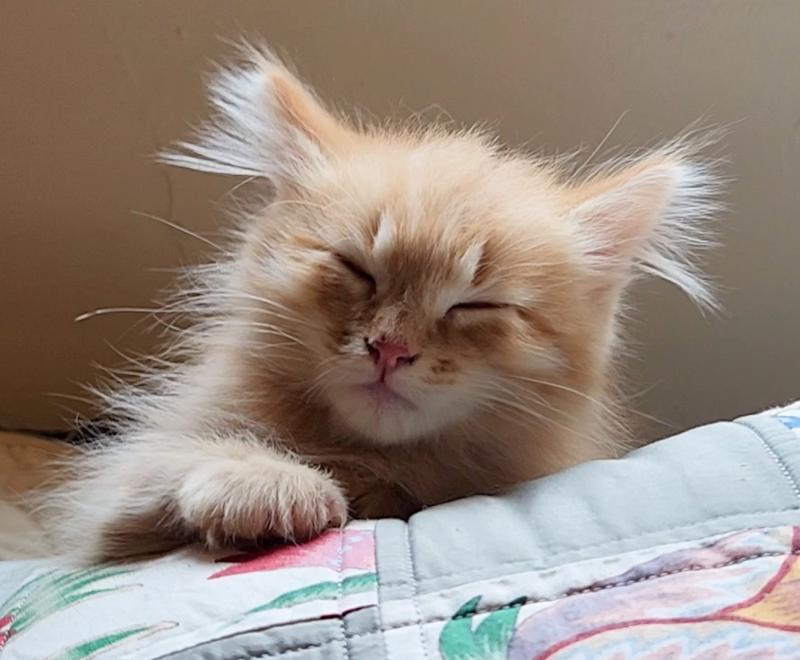Kitten with unique walk lives life to the fullest

Caregivers of orange tabby cats will tell you there’s just something special about them. While every cat is an individual, ginger kitties are known for being friendly, easygoing, playful, silly, and out-of-this-world affectionate. They can nap practically anywhere and love being with their people more than anything. They’re almost more “dog” than “cat.”
[Are Ginger Cats More Friendly? Orange Cat Facts]
Colt fits the orange tabby mold to a T. This sweet kitten enjoys being petted so much that he can’t help but make biscuits in the air. One minute, he’s sprinting through the house like he’s going for Olympic gold. The next, he’s falling asleep sitting up. However, there is something that sets Colt apart from most other orange tabbies and most other cats, too: He walks on his elbows.
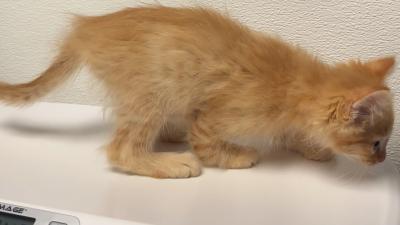
A new way to walk
Colt could have been at risk of being killed in a shelter, especially if that shelter were already full and struggling to find homes for lots of pets. Although he has a congenital condition, you will see that Colt has the same quality of life as any other kitten. Best Friends Animal Society’s goal is for all communities to reach no-kill by 2025. That means shelters working together and giving each pet what they need to thrive.
[As seen in Ellen's Paws Up Club]
Colt came to the Best Friends Lifesaving Center in Salt Lake City from a nearby shelter with his mom and littermates. The fluffy kittens (all named after baby animals) were about 4 weeks old. Our vet staff learned that Colt was born with front leg deformities. To fully understand his condition, they sent Colt for X-rays and to see an orthopedic specialist.
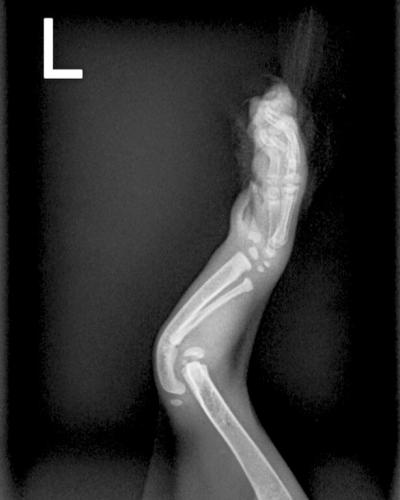
“Unfortunately, the deformities in his bones were too severe for surgery to correct,” says Dr. Megan McCarthy, Best Friends veterinarian. Walking on his front elbows would be Colt’s “normal.” It doesn’t cause him any pain.
Hitting his stride
Colt and his littermates went to foster care until they were ready to be adopted. This was Colt’s first chance to truly explore the world. He quickly showed everyone how resilient he was. From chasing dangly strings to catching crinkle balls, Colt was right there alongside the other kittens. If his littermates could do it, so could he!
[Foster caregiver drawn to cats with special needs]
He also mastered an adorable trick: balancing on his hind legs with his front legs tucked in T. rex-style.
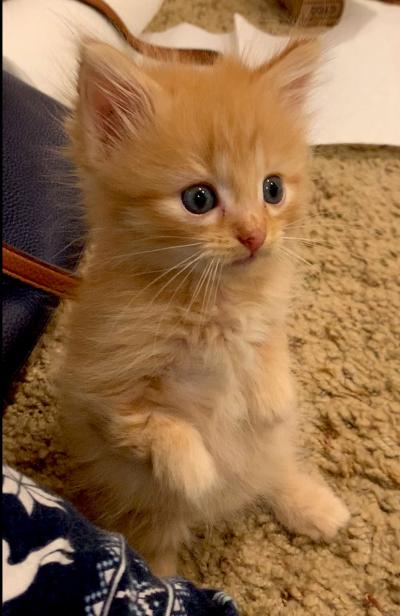
“He’s a very happy kitten,” says Dr. Megan.
Almost as soon as he got the all-clear from the vet, Colt was adopted. His new home comes with a new canine friend, a new name (Frankie), plenty of new experiences, and all the love and attention an orange tabby could want. Although he’ll always walk a little differently, he continues to grow into a happy, confident cat.
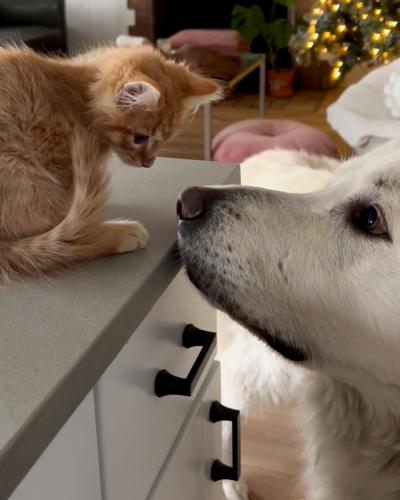
Let's make every shelter and every community no-kill by 2025
Our goal at Best Friends is to support all animal shelters in the U.S. in reaching no-kill by 2025. No-kill means saving every dog and cat in a shelter who can be saved, accounting for community safety and good quality of life for pets.
Shelter staff can’t do it alone. Saving animals in shelters is everyone’s responsibility, and it takes support and participation from the community. No-kill is possible when we work together thoughtfully, honestly, and collaboratively.
